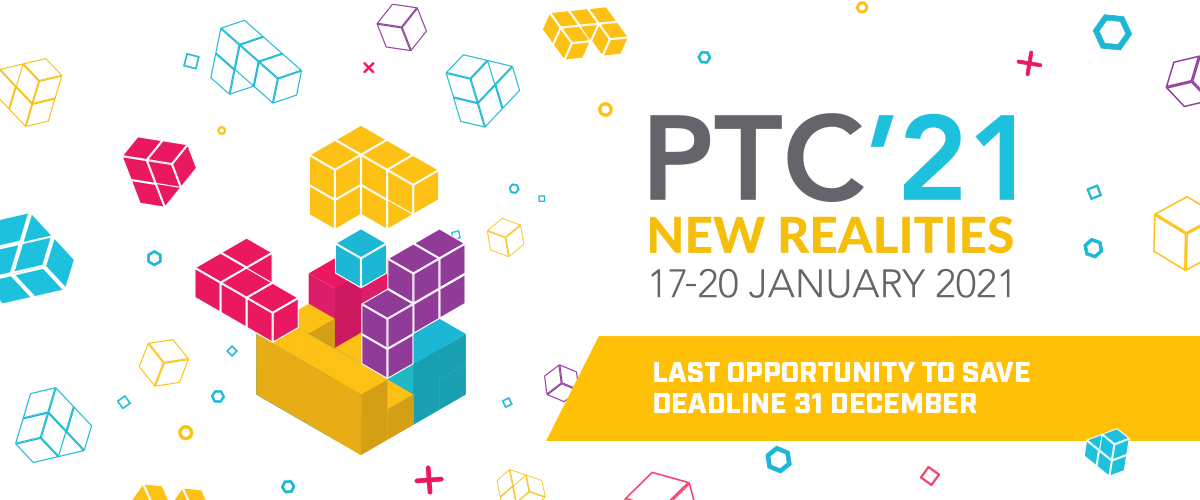Very few connectivity service provider executives pay much actual attention to advanced technologies. They get paid to run the business in the here-and-now.
Artificial intelligence or machine learning have value for customer service platforms or network management, but are purchased and supported as features of infrastructure purchases, not discrete products, so concrete AI applications occur within the context of other business and network functions.
But artificial intelligence is expected to gain usage in the 5G era and be commonplace in network design and operations by the time of 6G. Applied AI will be common in communications networks, in large part because edge computing will be required, and AI is viewed as necessary for wringing value out of huge raw data sets.
Some areas where AI likely will be incorporated include:
Network operations monitoring and management
Predictive maintenance
Fraud mitigation
Cybersecurity
Customer service and marketing virtual digital assistants
Intelligent CRM systems
CEM
Base station profitability
Preventive maintenance
Battery Capex optimization
Trouble price ticket prioritization
Reducing the need to transport these data sets to a central location requires intelligent processing at the edge, 5G Americas argues. “AI can be used to extract useful patterns and events out of a sea of raw data.”
Smart farming applications can spot dry patches or insect infestations while a video surveillance system can pinpoint areas with suspicious looking activity.
Edge computing and processing are required for any number of real-time use cases, especially when huge amounts of raw sensor data are ingested, such as for visual recognition use cases used by autonomous or digital-assisted vehicle safety operations.
Beyond that, AI is expected to assist with real-time air interface design and optimization. In other words, the radio systems will use AI to “learn” traffic patterns and adjust the network to correspond.
In the core of the network, functions and workloads would be dynamically scheduled based on current connectivity needs, latency requirements and energy consumption targets.







































 914 Coolidge Street
914 Coolidge Street

